Duration: 3 hours
The issue of waste is a significant problem in modern society and is an inevitable consequence of our way of life. As our standard of living changes, so does the quantity and harmfulness of waste. Waste directly threatens people’s health and pollutes the soil, water, and air because most waste ends up in landfills and becomes garbage that cannot be recycled.
Discuss with students the problem of waste and ways to reduce it through actions and habits that we can personally adopt and apply.
It’s crucial to recognize that everything we buy and use has an impact on the environment. The production and transportation of goods require energy and resources, such as water and materials, which can contribute to pollution and depletion of natural resources. Furthermore, land use for production and infrastructure can disrupt ecosystems and reduce natural habitats. It’s important to consider the environmental impact of our consumer choices and strive for sustainable practices to minimize these effects.
Municipal waste generated by households, private entities, and industries is a growing problem. On average, 2.01 billion tons of waste are produced annually worldwide. Rapid population growth and urbanization have exacerbated the issue of waste management, especially in cities, due to increased consumption. Every individual needs to understand waste management as a responsibility.
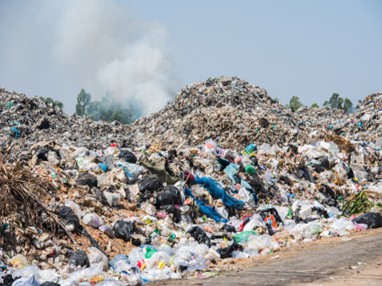
The objective of waste management is to prolong the lifespan of products and promote the reuse and recovery of materials when possible. This helps reduce the total amount of waste sent to landfills and lessens the impact on the environment. Responsible waste management is crucial for supporting sustainable development and transitioning to a circular economy, ultimately creating a valuable resource. Individuals can help reduce waste through actions like practicing the 3Rs (Reduce, Reuse, Recycle), which involves cutting down on disposable items and opting for reusable alternatives to significantly decrease waste production.
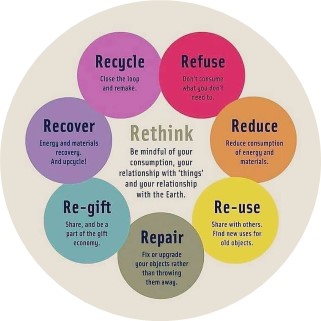
Additionally, reusing items whenever possible can help extend their life and reduce the need for new products. This can be achieved through activities such as repairing damaged items, donating unwanted but usable items, or creatively repurposing materials.
Furthermore, recycling plays a key role in waste management. Separating recyclable materials from general waste and ensuring they are properly recycled can help conserve resources and reduce the amount of waste that ends up in landfills.
Another effective way to reduce waste is to practice responsible consumption. This includes making informed choices about the products we buy, choosing products with minimal packaging or packaging that is recyclable or biodegradable.
Finally, raising awareness of the importance of waste reduction and recycling within our communities can have a positive effect. Encouraging others to adopt sustainable habits and participate in local initiatives or clean-up actions can contribute to a cleaner environment.
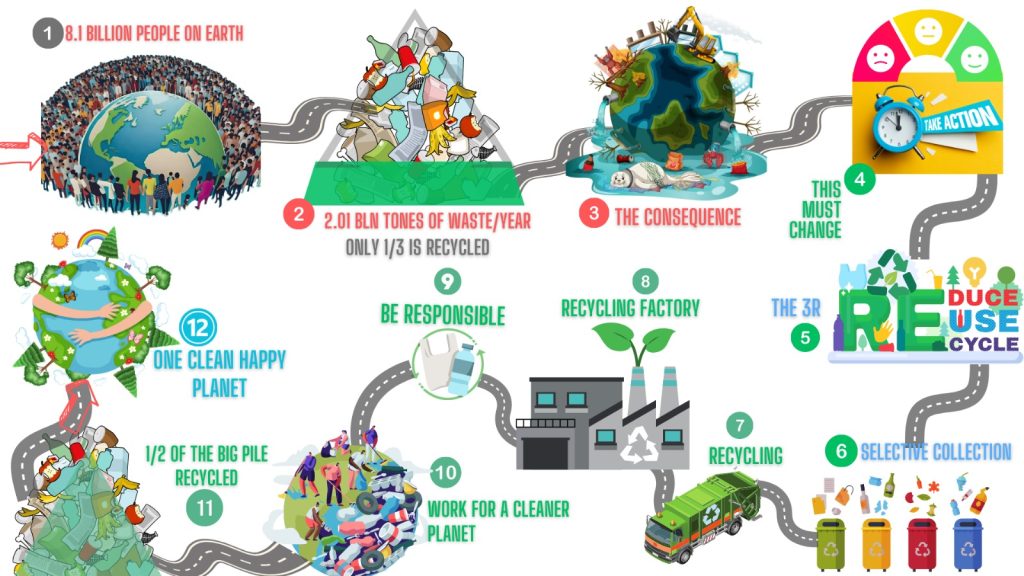
Biowaste accounts for one third of municipal waste, making it the largest component of such waste. It consists of kitchen waste, residues from food preparation, and garden or green waste. This type of waste is a valuable raw material used in producing high-quality compost. Composting is the process of aerobic decomposition of biowaste, resulting in the production of carbon dioxide, water, heat, and compost within a few months. Compost nourishes plants, improves soil aeration, retains water, and promotes the growth of root plants. Composting offers a simple and effective way to transform biodegradable waste into a useful product – compost.
The aim is to introduce students to the issue of waste, raise awareness about the increasing volume of waste produced daily, and highlight the adverse effects of the waste problem on both individuals and the environment. The intention is to educate them on how they can contribute to solving the waste issue by modifying their own habits.
Make your own home compost:
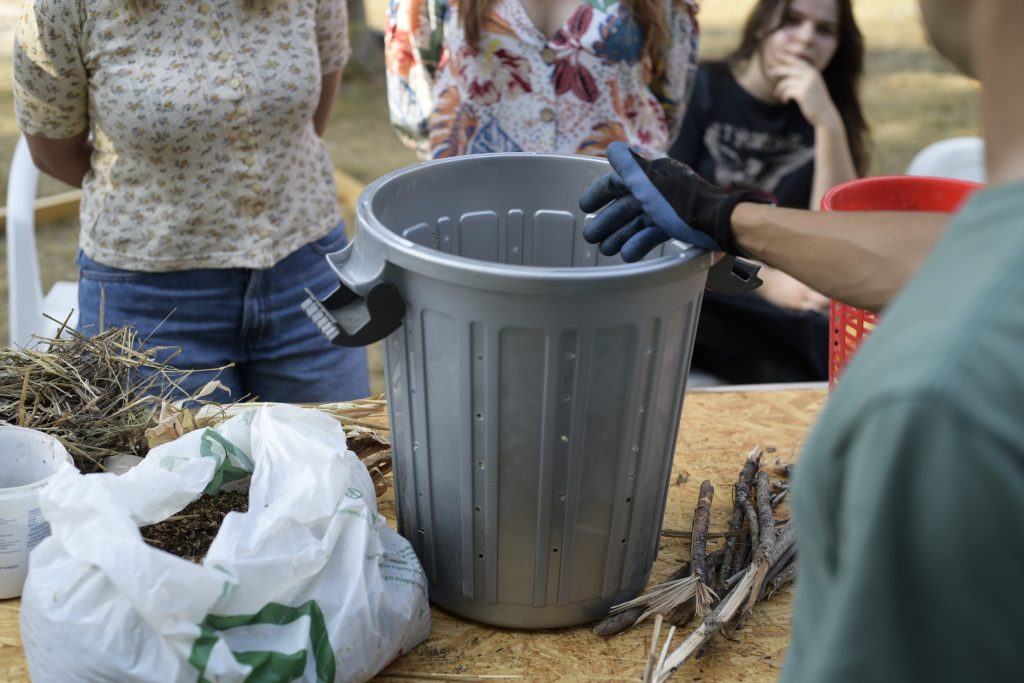
Exchange fair
Organize a fair with your students where you can exchange items you don’t need and don’t use.
Repair Café
Repair Cafés are workshops where participants, along with volunteers, have the opportunity to repair defective items instead of disposing of them in a landfill.
Organize an event where you invite volunteers who have the knowledge and skills to repair various items (electronic/mechanical devices, clothing, etc.). Encourage students to bring non-functioning or damaged items and work together with volunteers to repair them.
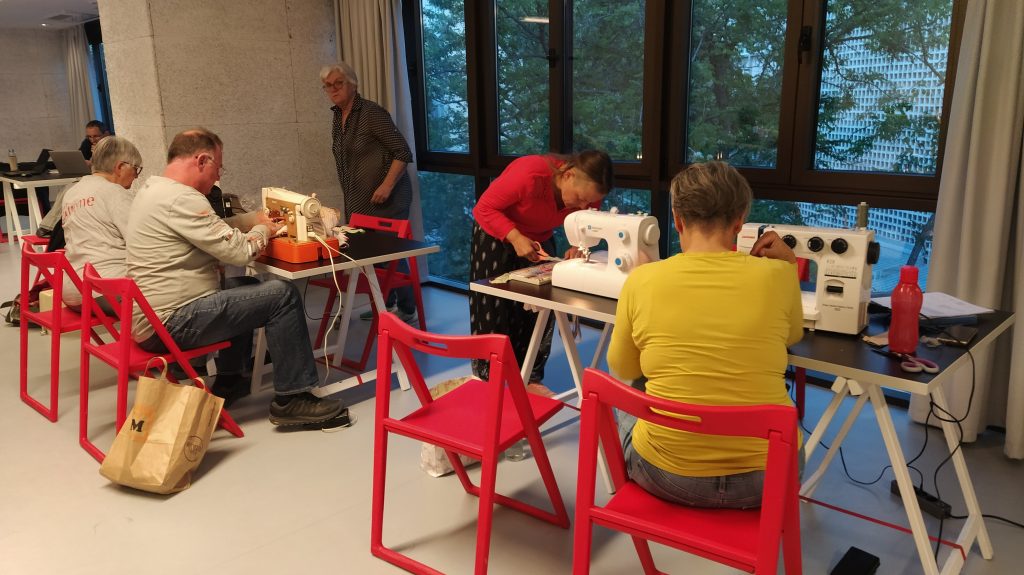
Depending on the class they are teaching, teachers can use the cards one at a time or cut out each icon (each step), using them separately. Teachers can encourage students to arrange the icons or steps in the order they appear based on the card that shows the whole picture. This way, each icon will be part of a “puzzle,” and the students will recreate the complete image of the “puzzle.”